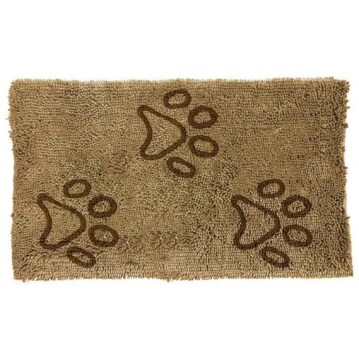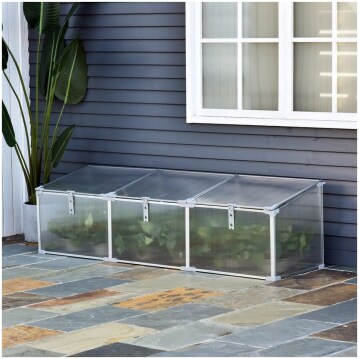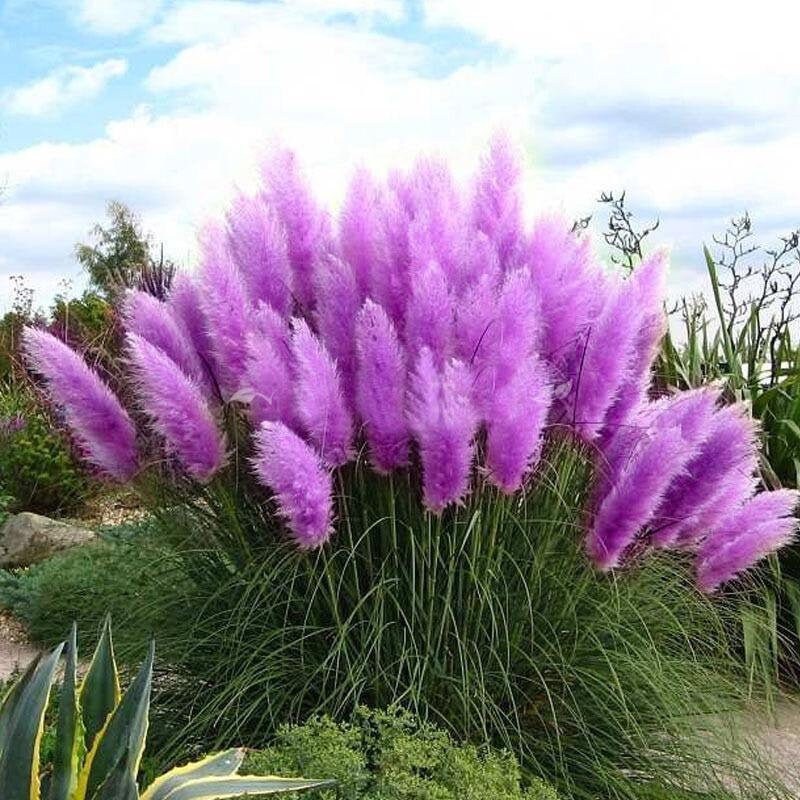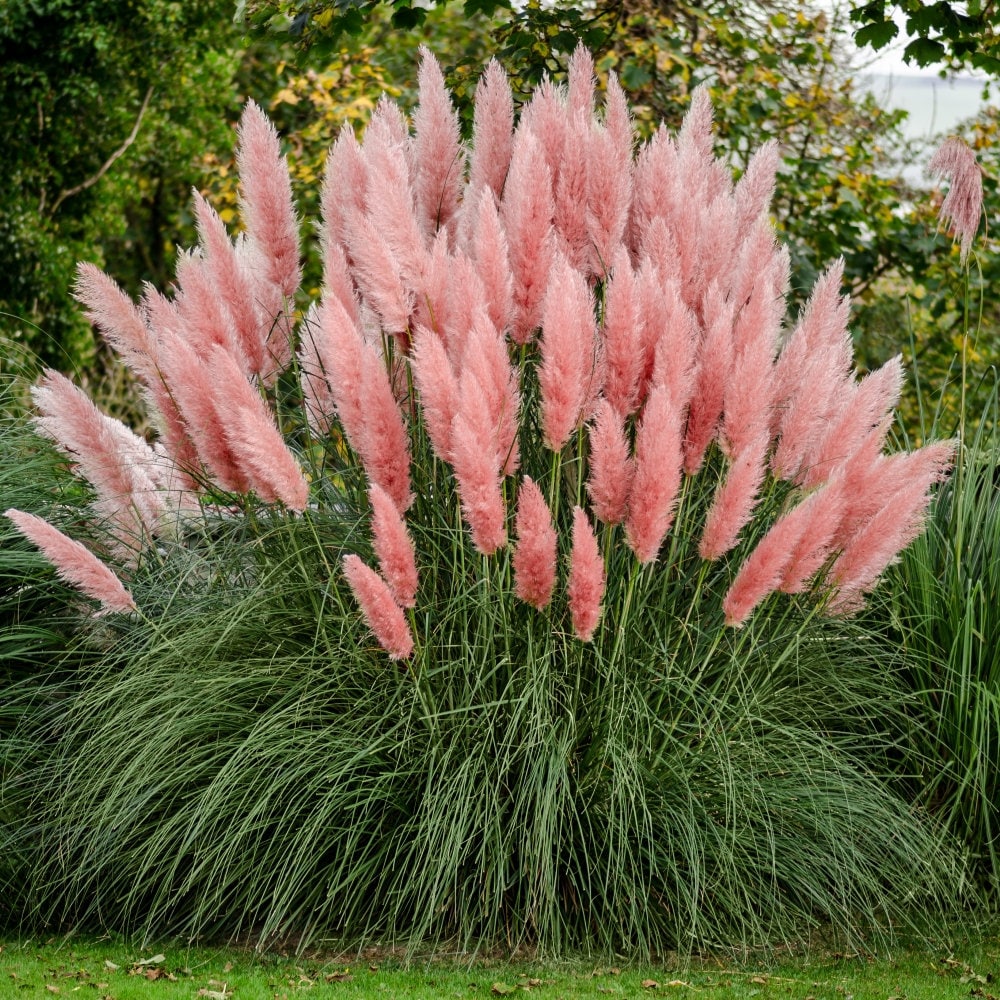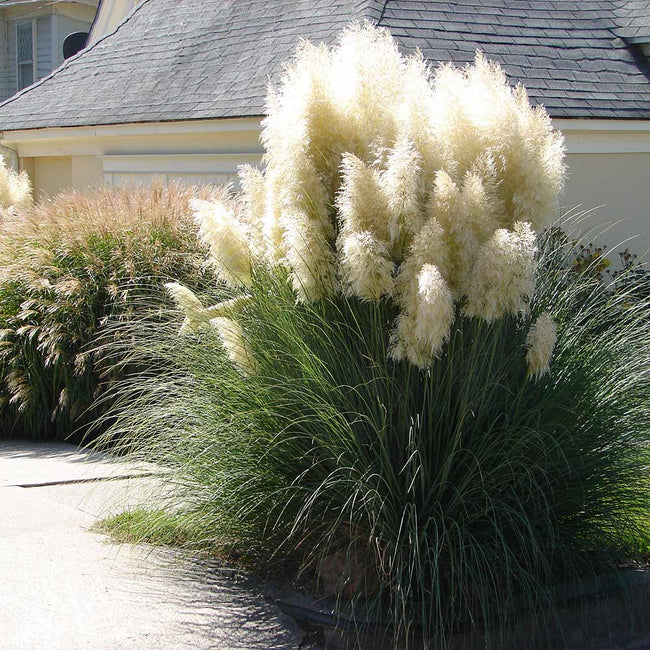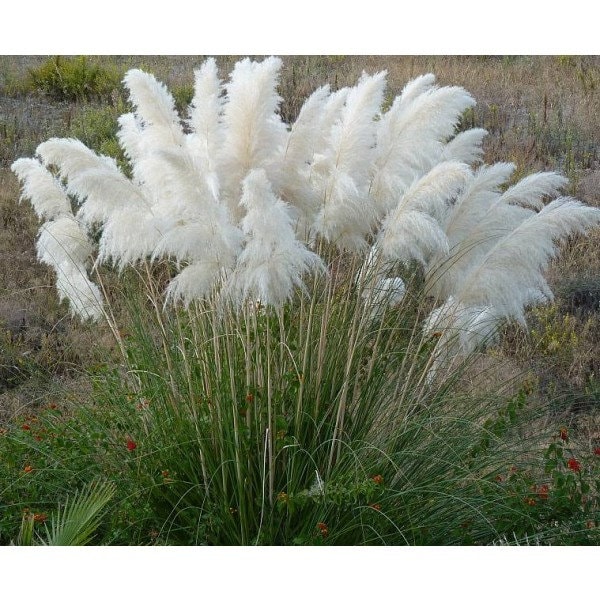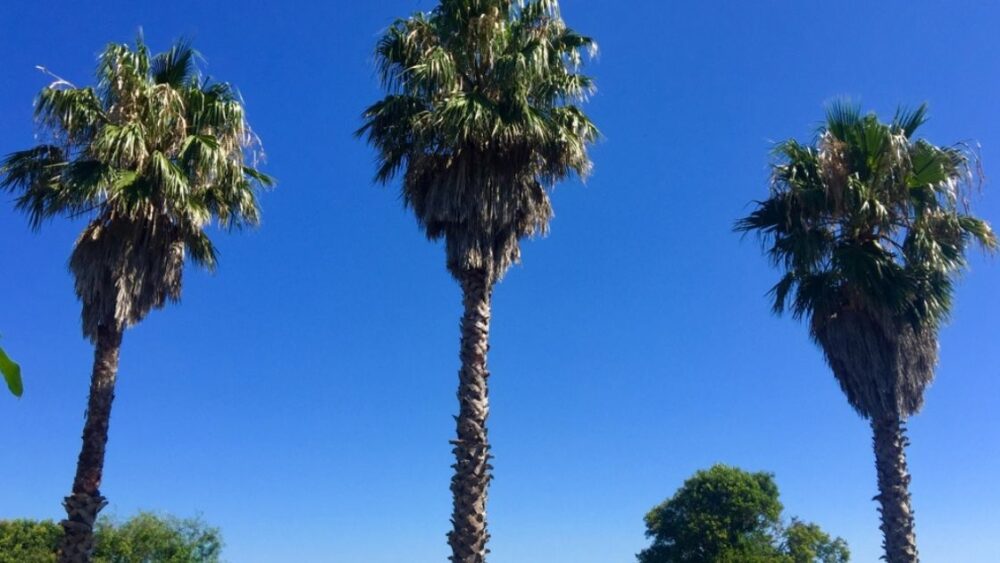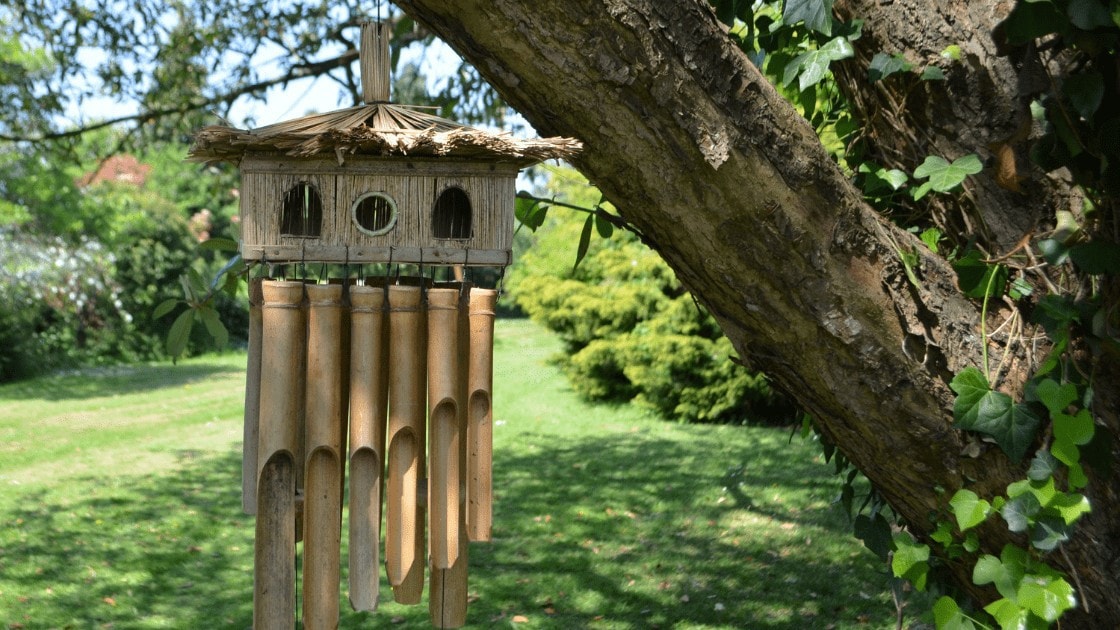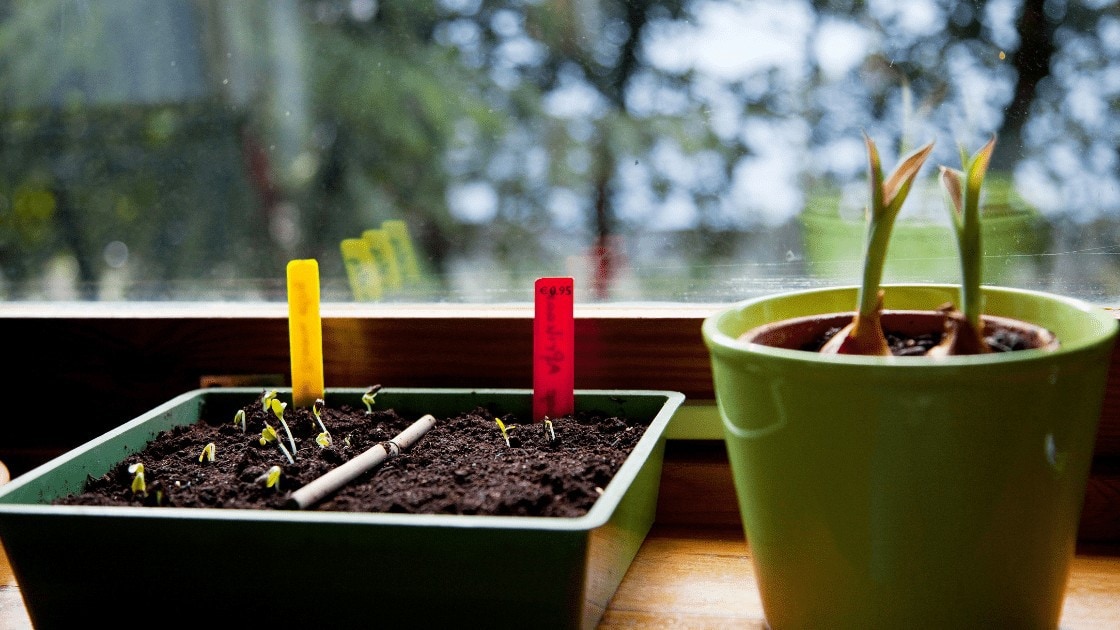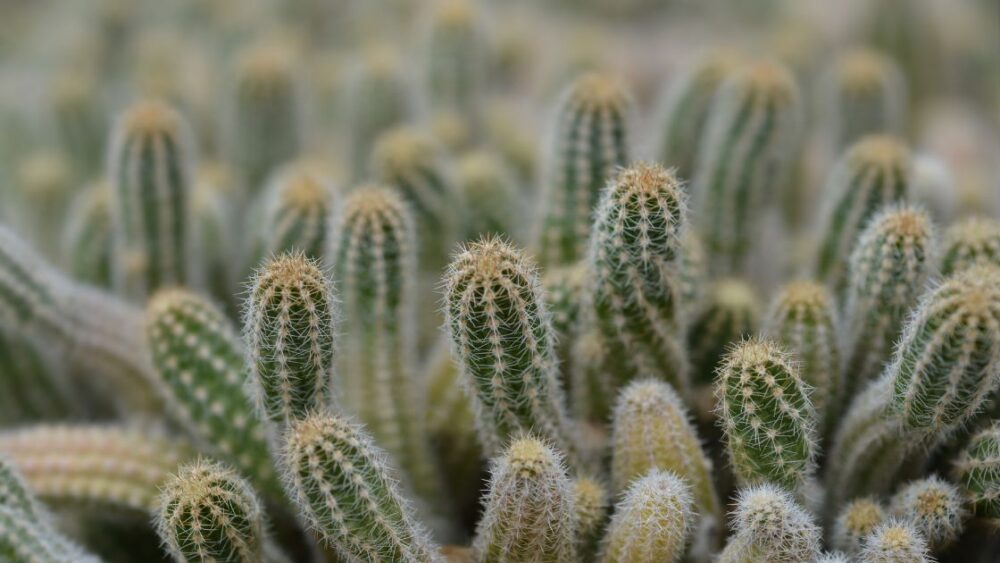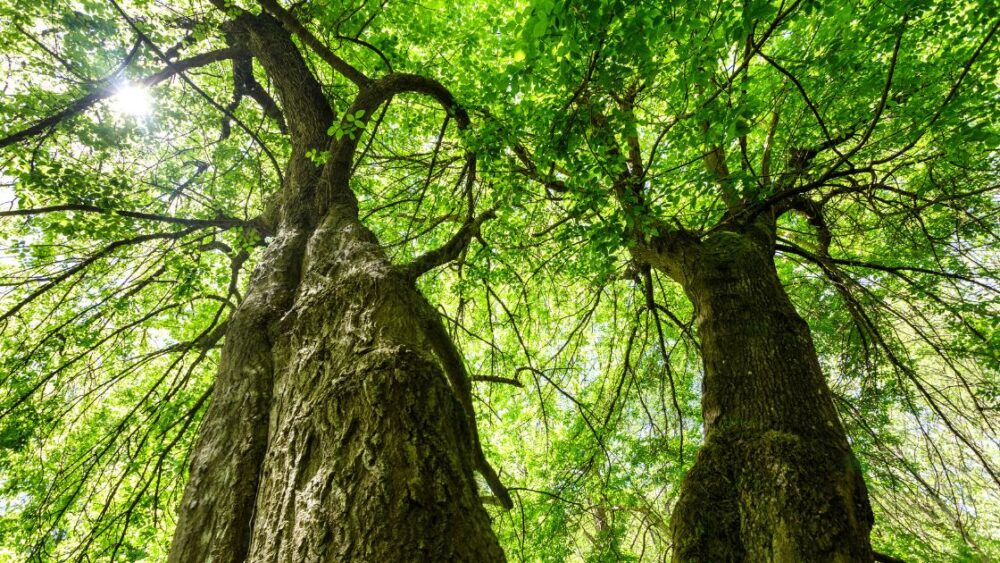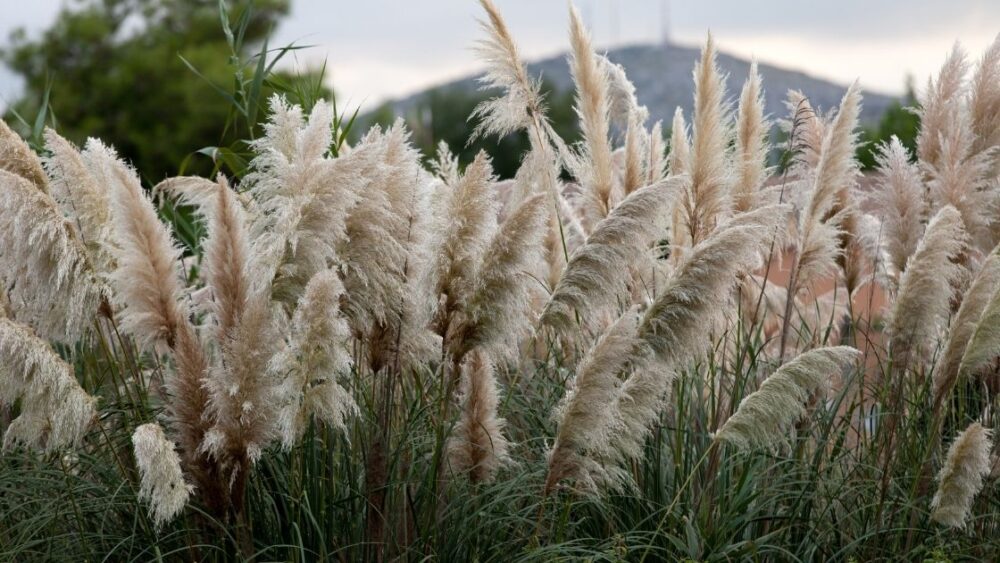
Pampas grass belongs to the family of Poaceae and is widely recognized by the people of South America. The main feature of pampas grass, which brings about its popularity, is the climatic and environmental adaptive features. Pampas grass is robust and can withstand several days without the essential requirement for a plant to survive.
In other words, pampas grass can be in a dormant state. The plant assumes the dormant state when it lacks the essential plant requirement to thrive in certain conditions. Instead of the plant dying, it assumes this state; pampas grass thrives again (from the dormant state) in the spring. Although a pampas grass can be dormant for a period, it is necessary to figure out if a pampas grass is dormant or dead. This article explains the features distinguishing dormant pampas grass from dead pampas grass.
How to tell if your pampas grass is dead
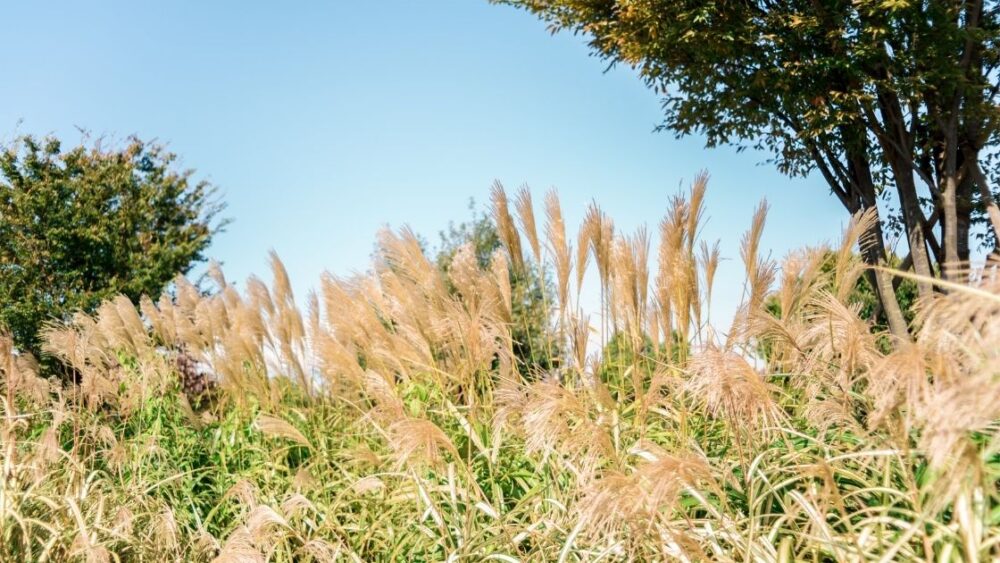
All plants have the zones they thrive in; a plant does not make it if the zone is manipulated. For example, a typical pampas grass (Cortaderia selloana) is hardy in zone 4 – 7; any other zones result in the death of the plant. In some cases, there may be some plants similar to pampas grass that is known to survive in other zones (aside from hardy zone 4 – 7). This is not true because many other plants are mistakenly called pampas grass because of similar features. If your plant survives in others, then the plant is not pampas grass.
Browse our Affiliate Products
You can tell if your plant is dead similar by checking the appearance, provided you supply all the requirements for growth. Your plant may not survive the planted area if the plant does not support the climatic and soil composition.
The general condition to tell if a plant is dead is to consider the stem, root, and leaves: a brittle or mushy stem shows that a plant may be dead, especially if the roots show similar appearances (brittle or mushy roots). A pampas grass has silvery plume-like flowers, and they cluster together to form a collection. The flower is a sure place to tell if your pampas grass is dead. Similar to the root and stem, once the pampas grass shows brown color at any time of the year (aside from late fall or winter), your plant is likely showing evidence that it is dying.
Even if the plant shows these signs, it is possible to grow back if it is just dormant due to cold. Dormant pampas grass shows a similar appearance, and the beautiful thing is that you can revive a dead pampas plant.
Does dead pampas grass grow back?
Dead pampas grass can grow back, especially if the plant shows a dead sign in the winter. Pampas grass does not thrive in the cold; it may turn brown and come back to life. First, you should know that a pampas grass showing a dead sign because of the winter period can come back to life. However, the plant that shows a dead sign because of the soil, hardiness zone, or lack of nutrients may not come back to life even in the warm weather.
Dead pampas grass comes to life naturally in the warm weather in the spring. You do not have to do much to bring the plant back to life; simply supply all the basic requirements for growth and ensure the hardiness zone is 4 – 7. Also, Tying the plant stalks together simulates the growth phase and allows the plant to come to life quickly.
As with all grasses when they are not properly maintained, there things to watch out for. For more information regarding cutting grass, check out this article. What Can Possibly Happen if you don’t Cut Your Grass?
How to tell if your pampas grass is dormant
The only difference between a dead and dormant pampas grass is that “a dormant pampas grass shows brown and dried sign only in the winter, whereas a dead pampas grass shows a dead sign which is not due to climatic changes.” Once you notice that your pampas grass is showing a dead sign, but not in the winter or due to cold, there may be a significant problem. Contrarily, a pampas plant is dormant when the plant dries up or becomes brown in the winter.
A typical pampas grass is perennial: it thrives in a period and becomes dormant in another period of the year. During the winter, pampas show dormant signs: dry, no flower, and brown color. Likewise, it shows healthy life signs in the spring. In the early spring, new growth and fruit production occur. For better growth and development, male and female plants should be planted together for cross-pollination.
- COLOR: Light Pink, Rose Pink, Peachy Yellow, White, Bicolors
- QUANTITY: 100+ Seeds
Optimal growing conditions
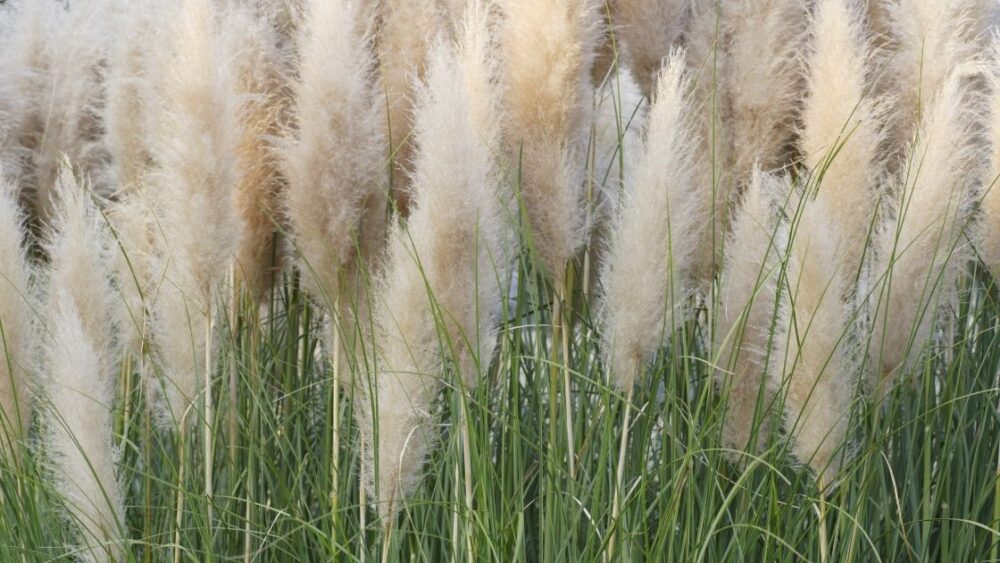
Pampas plant thrives in warm conditions and becomes dormant in cold weather. The plant hardiness zone is significant for optimal growth. Generally, pampas grass thrives in hardiness zone 4 – 7 and may not survive if placed in other zones. The growing soil is vital for optimal growth; although the plant is adaptive to certain conditions, pampas shows its adaptive features only in a warm environment.
Pampas grass general information and care
- Common Names: pampas grass
- Scientific name: Cortaderia selloana
- Growth cycle: (Perennial) The grass seeds germinate in the spring, slowly producing bulbs in the first year.
- Sun: partial and full sun
- Watering: low to moderate
- Adult size: 9 to 12 inches tall, 18 inches wide, mounded and creeping
- Planting zones: USDA zones 7 through 11. Click here for zones. https://planthardiness.ars.usda.gov/
- Weather hardiness: not cold hardy
- Propagation: by seed or division, may be invasive
- Toxicity: non-toxic
- Dormancy: winter
- Soil: dry soil, moist, well-drained soil
- Bloom: early spring
- Fertilization: none to balanced medium
Conclusion
Pampas grass is a beautiful plant and withstands some conditions, especially in the spring. It thrives well at this time of the year. It will help if you look for specific changes that indicate dormancy aside from the plant death. If you notice some changes in the winter, there is a possibility that the plant is going dormant. Ensure you keep to the plant requirements for optimal growth.
